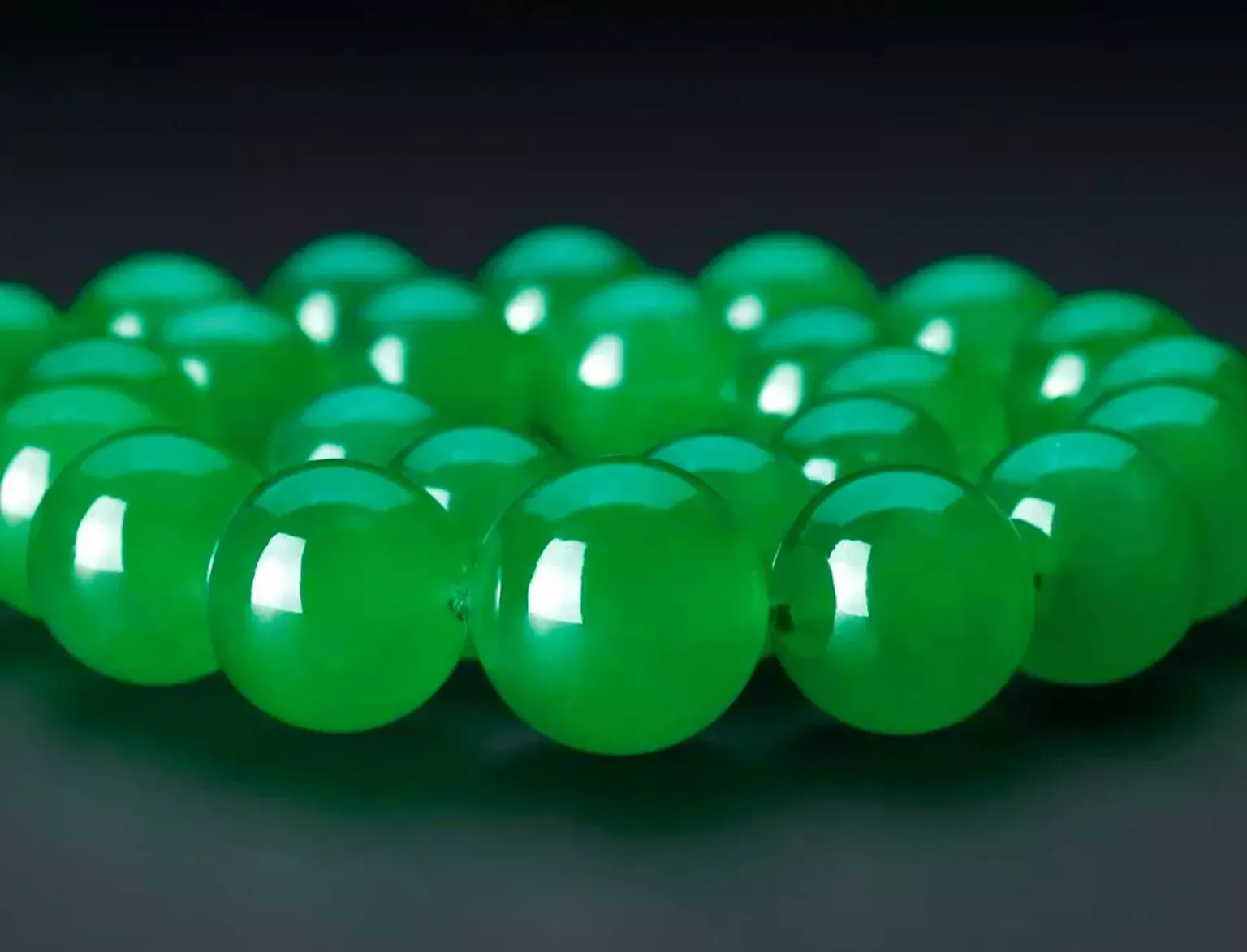The Most Expensive Jade Ever Sold
The most expensive jade is the Barbara Hutton-Mdivani Necklace Imperial Green Jadeite Necklace.
The most expensive jade ever sold is the Hutton-Mdivani jadeite necklace, which fetched a record-breaking price of $27.44 million at Sotheby's Hong Kong auction in April 2014. Its exceptional quality, historical significance, and association with luxury jeweler Cartier all contribute to its immense value.
The Barbara Hutton-Mdivani Necklace, also known as the Hutton-Mdivani jadeite necklace or The Cartier Collection jade necklace, holds the record for the most expensive jade ever sold.
The Necklace History
The exact origin of the necklace jade beads remains a mystery, but estimates suggest they date back to the late Qing Dynasty (1644-1912) in China. They may have even belonged to Chinese nobility before ending up in Cartier's possession.
In 1933, the Cartier archive records the beads being with the jeweler. They designed a new, innovative clasp specifically for the necklace. This very year, it was presented as a wedding gift to socialite Barbara Hutton from her father, adding a layer of sentimental value to the piece. Barbara wore it for the first time at her 21st birthday celebration.
The necklace remained with the Mdivani family for over five decades before being auctioned for the first time in 1988. It made headlines then as the most expensive piece of jadeite jewelry ever sold at the time. Finally, in 2014, it achieved its record-breaking price ($27.44 million) at a Sotheby's Hong Kong auction, purchased by the Cartier Collection.
 |
| Barbara Hutton-Mdivani Necklace Imperial Green Jadeite Necklace. |
Masterpiece of Design and Quality
The necklace features a staggering twenty-seven jadeite beads, each boasting a highly translucent and vibrant emerald green color. Finding such a large number of matching beads with this exceptional quality is incredibly rare. The gradual increase in bead diameter (15.40mm to 19.20mm) likely creates a beautiful cascading effect, adding a sense of movement and dimension to the piece. The clasp, crafted from platinum and 18 karat yellow gold, adds a touch of luxury and complements the cool green tones of the jadeite perfectly. The inclusion of calibré-cut rubies and baguette diamonds by Cartier demonstrates the meticulous attention to detail and commitment to creating a masterpiece.
 |
| Barbara Hutton-Mdivani Necklace Imperial Green Jadeite Necklace. |
Jade: Jadeite and Nephrite
It's important to note that there are two main types of jade: jadeite and nephrite. Though often used interchangeably, they are geologically distinct minerals. Nephrite is a member of the amphibole group and tends to be slightly less hard than jadeite.
Unlike many gemstones formed from volcanic activity or crystallization from magma, jadeite forms through a process called metamorphism. Intense heat and pressure transform existing rocks, particularly calcium-rich rocks, into jadeite. This process can take millions of years and often occurs near tectonic plate boundaries where immense forces are at play.
High-quality jadeite is incredibly rare. The most prized deposits are found in the Kachin province of Myanmar (formerly Burma). Other sources include Guatemala, Mexico, and New Zealand, but the jadeite from these locations typically isn't as valuable as Burmese jadeite.
Throughout Chinese history, jade ownership indicated social status and wealth. The quality, size, and craftsmanship of jade ornaments reflected the owner's position. It was believed to possess healing properties and was used to create elaborate carvings, jewelry, and funerary objects. Even today, jade remains a precious material in Chinese culture.
The Maya and Aztec civilizations in Central and South America highly valued jadeite. They associated it with fertility, rain, and the divine. Jadeite was used to create intricate masks, figurines, and ceremonial objects.
Read also: The Most Expensive Ruby in the World
Why This Green Stone Can Be Worth More Than Gold








